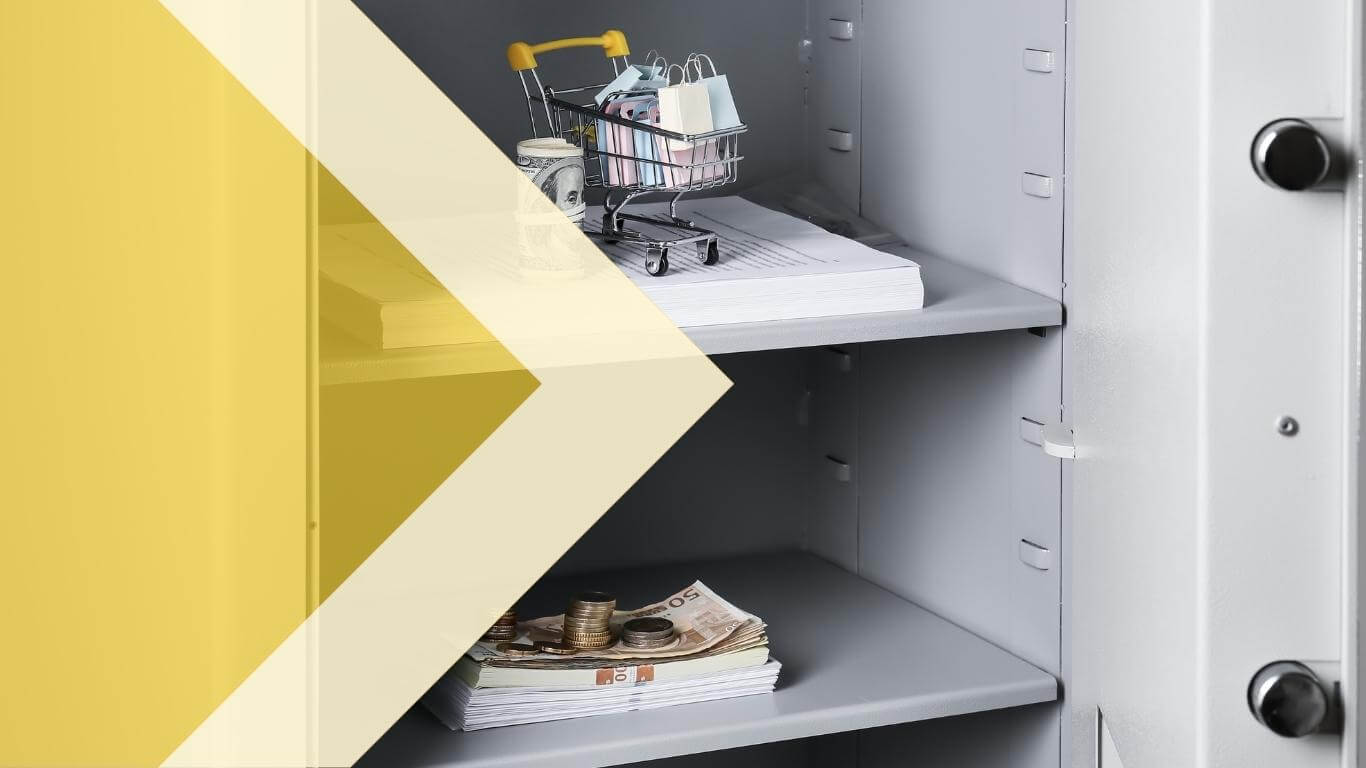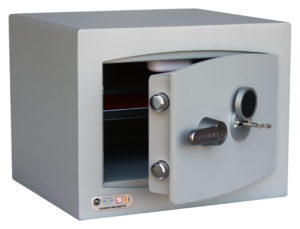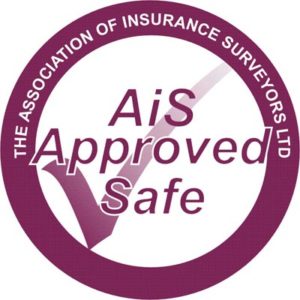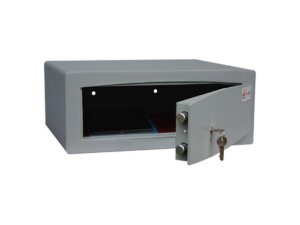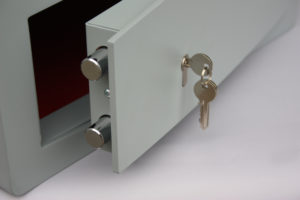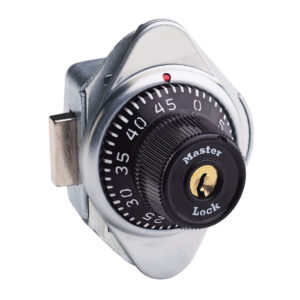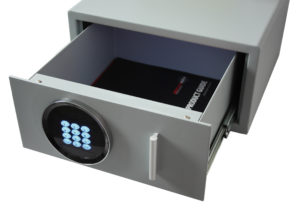Buying any product can be daunting, but when selecting a safe there is the added pressure that the incorrect choice could result in the loss of cash or valuable items – some of which could be irreplaceable.
That’s why we’ve put together this guide – providing you with information to make your selection process that little bit simpler.
What is the safe for?
Firstly, it’s important to identify what it is that you need to protect (cash/money, important documents, expensive jewellery) in order to assess the size the safe needs to be. What is the maximum cash value of the items that will be stored inside? Where will the safe be installed? Will you need to deposit items or cash quickly and discreetly? Will the items require fire protection? These are just some of the questions that need to be considered in advance.
What size is the right size?
In practical terms – yes, size matters. If you need to store large electronic devices, A4 sized documents, medical supplies or other bulkier items, you will need a larger safe or high security cabinet.
However, it’s important to know that size is not always indicative of improved protection. In some instances, a smaller safe will offer a much higher level of security than a larger model. After addressing the practicalities of space, you then need to work out the value of the items being stored in the safe. In many cases this will vary throughout the year, so estimate the maximum value of the cash or items that will be stored overnight. Once this is calculated, select the safe that will provide sufficient protection. Safe manufacturers will often supply advised cash ratings for each safe as a guidance for customers, who can then match it to their maximum cash value.
WHY THIEVES LIKE CASH
Thieves will much prefer stealing cash compared to valuables, as the value speaks for itself. Jewellery, for instance, will need to be sold to a buyer and, as a result of the necessary shady transactions, is often sold for a fraction of the price that would have been paid by the original owner. As a result, insurance underwriters usually multiply the cash value of jewellery by 10, so the equivalent cash limit of £6,000, for instance, would be insured for up to £60,000.
Safe models approved by the Association of Insurance Surveyors (AIS) means these products will be listed in the Official Safe List, which is used by many insurance companies nationwide, giving customers peace of mind as to the quality of the safe and the ease with which the contents will be insured.
HIGH STANDARDS IN EUROPE
Some safe suppliers, such as Securikey, are members of Eurosafe UK and will therefore be committed to supplying incredibly high quality, reliable safes that meet and often surpass industry standards. The common European standards for safes are EN14450 & EN1143-1 and in order to meet these standards, the safe will have passed a vigorous, independent tests. This will be demonstrated on the safe with clear labelling and the appropriate security rating, although it is always best to check that the documentation actually uses the word ‘tested’, as other wording like ‘approved safe’ or ‘designed to meet European standards’ does not indicate an official test has taken place. All Securikey Mini Vault & Euro Graded safes have been fully tested, with grades from 0 to 5 available offering cash ratings ranging from £6,000 and below, up to £100,000 for Grade 5 safes and the Mini Vault range offering £40,000 in protection for valuables in a domestic situation.
Installing a safe
The location of the safe is very important. Opinions differ as to whether a safe should be situated in a public area, where both the safe itself and any attempts to break into it would be clearly seen, or if it should be hidden away where it is not easy for thieves to find – but where, if found, they could attempt to access the contents away from prying eyes. As with any situation, the correct choice can only be made according to individual circumstances.
There are certain aspects of a safe installation which even safe suppliers will not be authorised to advise, such as whether a floor is capable of bearing a certain weight. It is therefore the customer’s responsibility to ensure the floor is sturdy enough to support the weight of the safe being installed. It may also need to be strong enough for the safe to be bolted onto, which is usually a requirement for models under 1,000kg to ensure thieves don’t remove the entire safe. Base fixings must be used in order to ensure the safe installation meets the requirements outlined by insurance companies.
In terms of cost and time, an installation on floors above ground level may take longer and need specific equipment, particularly with larger safes, so this is another consideration that needs to be taken into account.
Lastly, it’s important that the safe is fitted by a qualified team of safe installers to ensure the installation goes smoothly, quickly and offers the protection needed once complete. There are also Health and Safety regulations regarding the moving of heavy items which will need to be adhered to, including ensuring the installers are fully insured and the correct equipment is used.
What type of lock do you need on your safe?
KEY LOCKS
Many safes come with a key lock as standard. A quality key lock can provide a high level of security, provided the keys are carefully safeguarded and not left in the premises when there is nobody present. Copying keys reduces security too, as thieves will have more opportunities to get their hands on a key if there are duplicates lying around, so bear this in mind when considering who will need a key. It may be safer to share.
COMBINATION LOCKS
Locks that operate via a code remove the risk of damaged, lost or stolen keys. Combination locks provide a high level of security, depending on the intricacy of the code selected (obvious numbers such as a year of birth, etc. are very much discouraged) and the fact that the number is not written down anywhere for a would-be criminal to find and use. For added security, the code can be changed at certain points during the year.
ELECTRONIC DIGITAL LOCKS
Electrical locks can range from the simplistic – incorporating user codes and a time delay facility – to far more sophisticated locks that offer additional features including time delay override, dual combination, silent alarm, remote signal override, user group management, courier codes and duress codes. The complexity of the lock chosen will reflect the needs of the customer.
